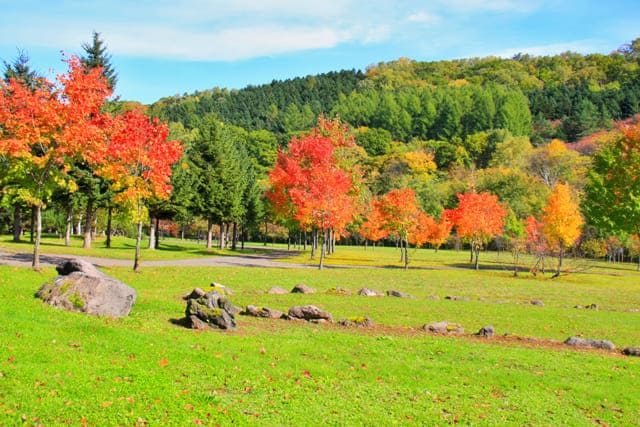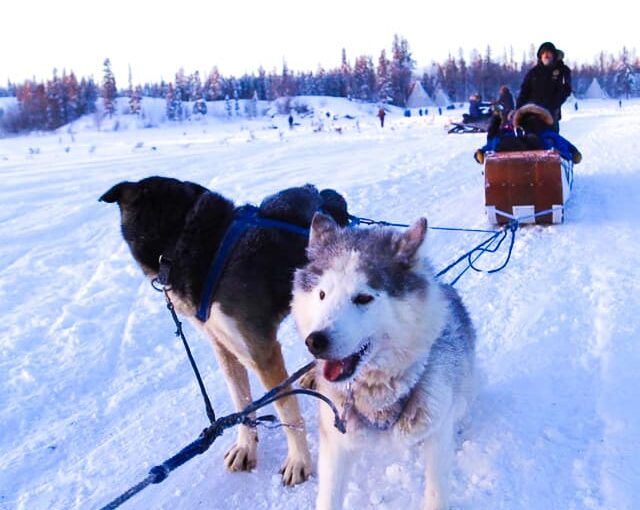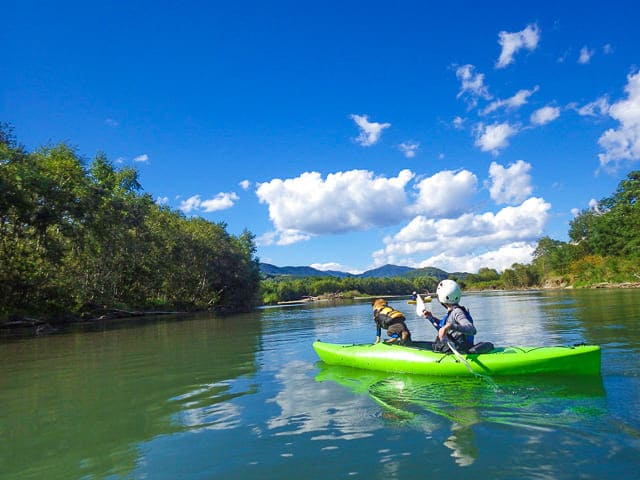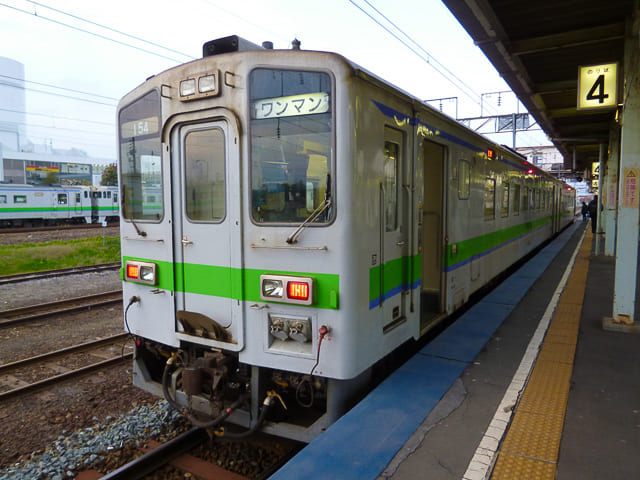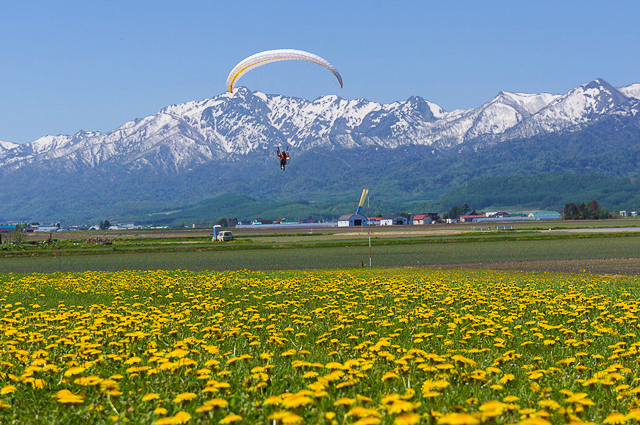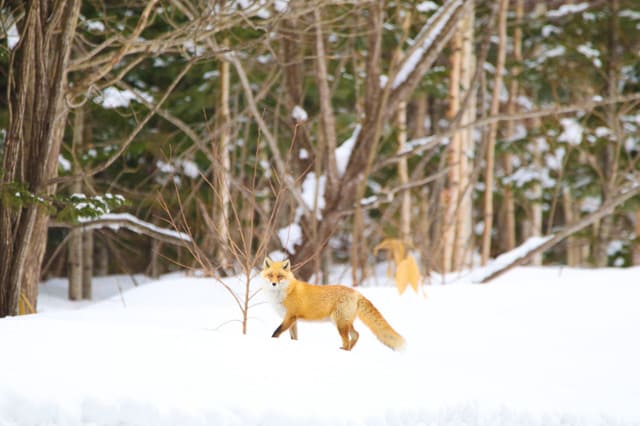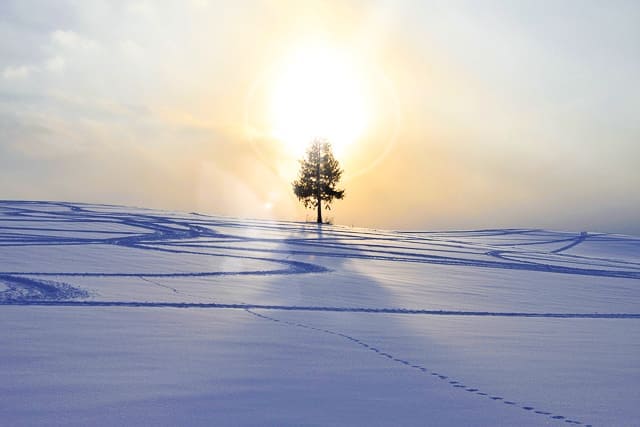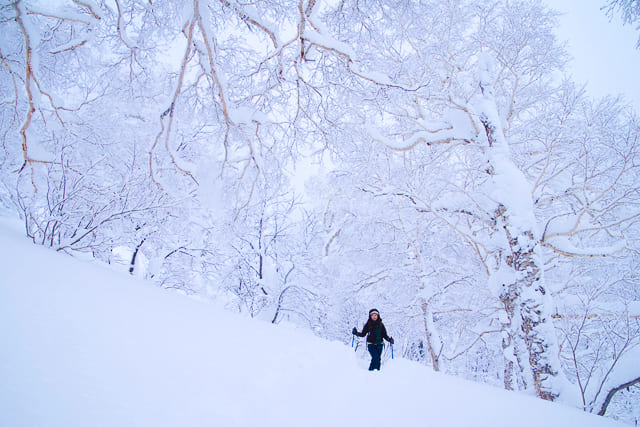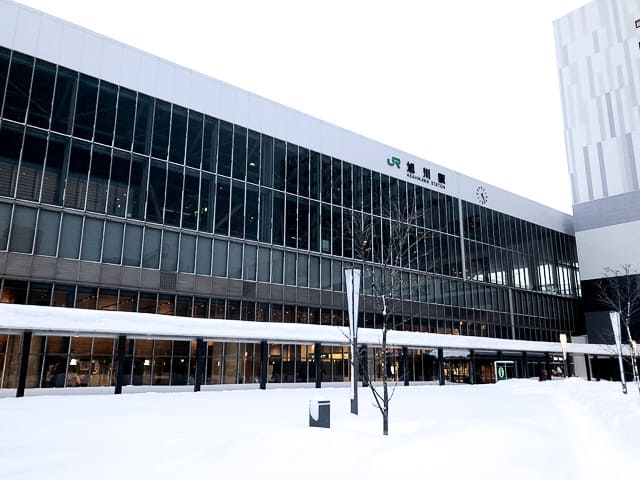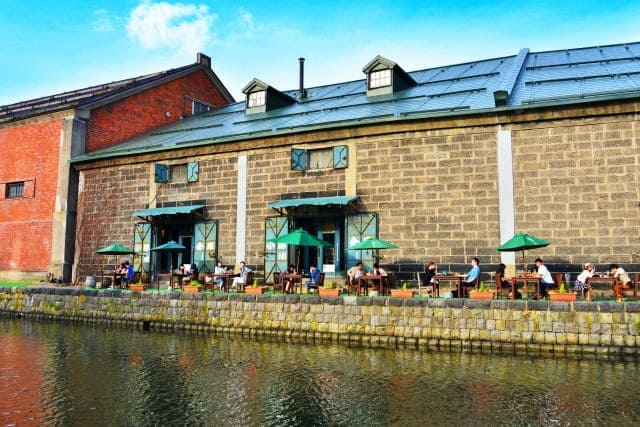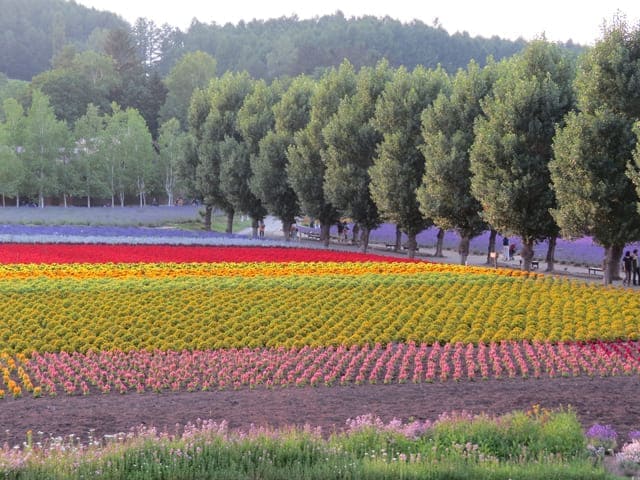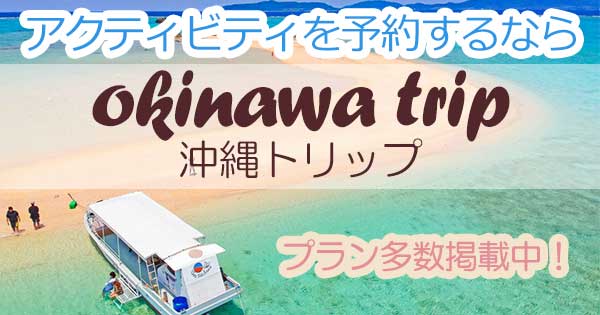Contents
Whether you’re traveling solo, with family or friends, or even as a couple, Furano has become the classic sightseeing destination in Hokkaido.
Let’s go over the nitty-gritty of the city known for the lavender fields so you can enjoy Furano to the fullest!
Furano Demographic and Climate
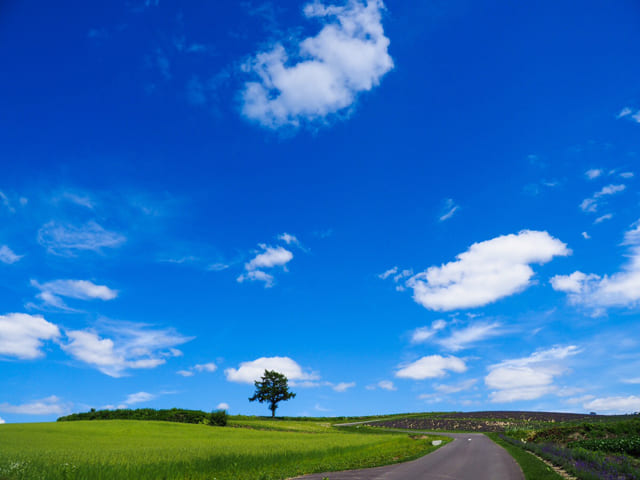
Furano has a total population of approximately 22,000 with 2 million+ visitors annually.
The city is renowned for its lavender fields and attracts roughly 410,000 visitors during that time.
Needless to say, Furano is one of the popular destinations in Hokkaido.
Cold in Summer? – Average Temperature
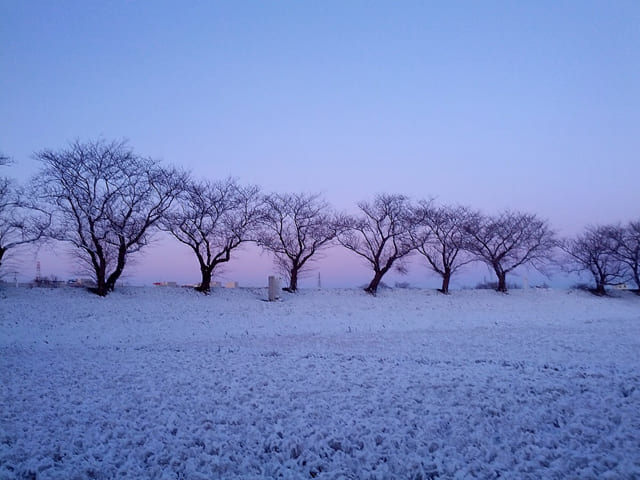
Some may worry temperature must be cold even in summer because Furano is in Hokkaido.
Actually, the average temperature in July is 20°C (68°F) so it’s not too hot or cold.
January has the coldest average temperature with -9°C (15.8°F) and has beautiful wintery scenery.
Just make sure you’re prepared for the weather!
First Snow of the Year

Those thinking of using the plane to travel to Furano have to be aware of the snow season.
Typically, the first snow is observed around late October to early November.
Layers of lingering snow will accumulate in a snowy season by late November and flights could get delayed or canceled.
On a positive note, ski resorts will open in December to unleash the winter activities!
Driving from Sapporo/Asahikawa

Furano is located at the geographic center of Hokkaido. If you’re visiting just Furano, book a hotel within the city.
However, visitors often set their hotel bases in Sapporo or Asahikawa and plan a day trip to Furano.
Driving takes 2 hours and 1 hour respectively.
The scenic route will allow you to come across some of the most beautiful landscapes along the way.
Driving in winter needs to be done with caution as there will be snow. Busses and trains are also available as methods of transportation.
History of Furano
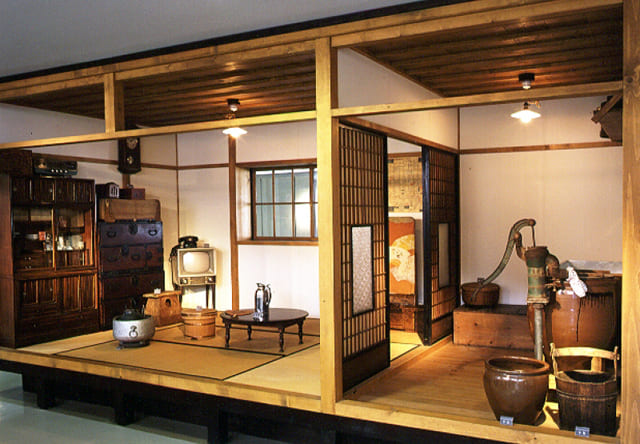
Quoted:ふらのindex
The name Furano is widely recognized, but little is known about the history.
In 1896, the Furano Wilderness Area Development Plan was initiated and Chikara Nakamura and others settled in the current Ogiyama area the following year.
After WWII, the city developed steadily in agriculture farming mainly vegetables such as onions and carrots.
Furano got its nickname “Ski Town” after hosting the 30th National Winter Sports Festival in 1977 and FIS World Cup Ski Championship in 1979.
You can learn more about the history of Furano at the Furano City Museum.
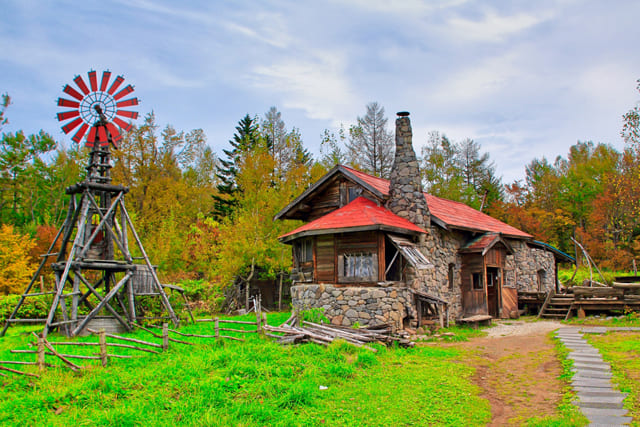
In 1981, the famous TV series “Kita no Kunikara” was shot in Furano attracting many tourists in summer eventually leading to one of the main sightseeing spots in town.
Local Specialties and Souvenirs

Furano has a wide selection of souvenirs such as cheese, wine, suites, etc.
Let’s go over what they are and make sure to take home a piece of Furano memory!
Furano Wine Characteristics
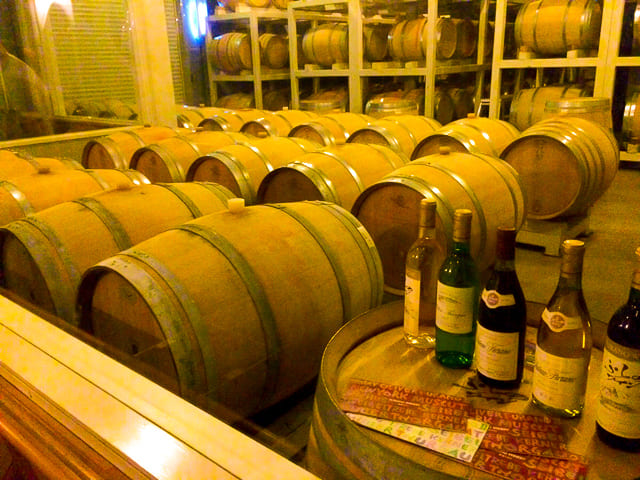
Furano has its own wine lineup, known as the “Furano Wine” and has won more than 10 awards in domestic wine competitions.
It won a silver award in the white wine category of the 2009 competition.
The unique landscape surrounded by mountains allows grapes to have maximum sun exposure and a large temperature differential during day and night contribute to the increase in sugar level.
You can taste the acidity within the full-bodied richness.
There are limited edition wines that quickly sell out to check them out as well!
Rich Tasting Furano Milk


Hokkaido is known to have some of the richest high-quality milk.
Furano produces their original Furano Milk, which changes its taste depending on the time of the year.
The fat content is low for a crisp taste in summer and higher fat with a sweet creamy taste in winter.
Cheese and sweets made in Furano almost always use 100% of the local milk.
The popularity of Furano Milk is nationwide as many of the Furano-made sweets are sold out at Hokkaido fairs held across Japan.
This would make a perfect souvenir!
Iconic Furano Melon
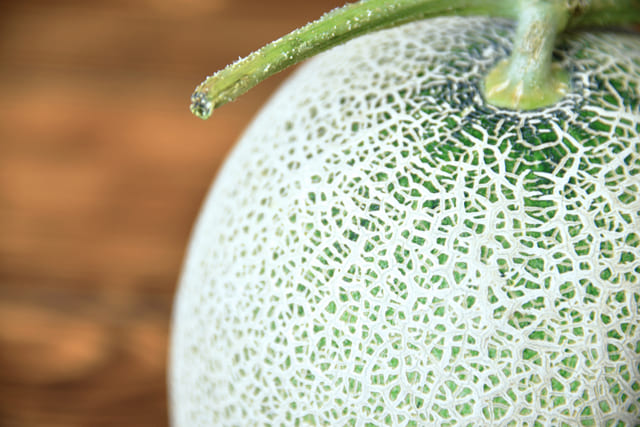
Along with the Yubari Melon, the Furano Melon is one of the most popular melons in Hokkaido.
Furano Melons are divided into 2 types, orang and green. Each melon would have to meet a certain threshold of sugar level content before it can be delivered.
The threshold for Furano Melon is more strict than the Yubari Melon (sugar content of 12% vs 10%).
The secret to the sweetness is the unique landscape and the soil rich in nutrients along with the temperature differences.
If you’re ever driving from Furano on the highway to the mountains, there will be produce farms so it might be a good idea to make a visit.
Lavender Goods for Ultimate Relaxation

Lavenders that add the beautiful purple color to Furano are reborn into goods such as aroma oil, soap, and herbal tea, all of which provide relaxation and restful sleep.
The lavender-scented souvenirs will remind you of Furano at home.
Furano Omu-Curry (Curry & Omelet Rice)

Furano Omu-Curry is must-try local gourmet food. Furano Omu Curry Promotion Council was established to promote the city of Furano through this menu.
Restaurants that are part of the council serve their omelet with local rice, cheese, wine, and milk together in hopes for customers to enjoy all of Furano in one seating.
Each participating restaurants have original recipes and are all served under 1000 yen (tax included).
The omelet curry is exclusive to Furano!
Furano Basics Summary
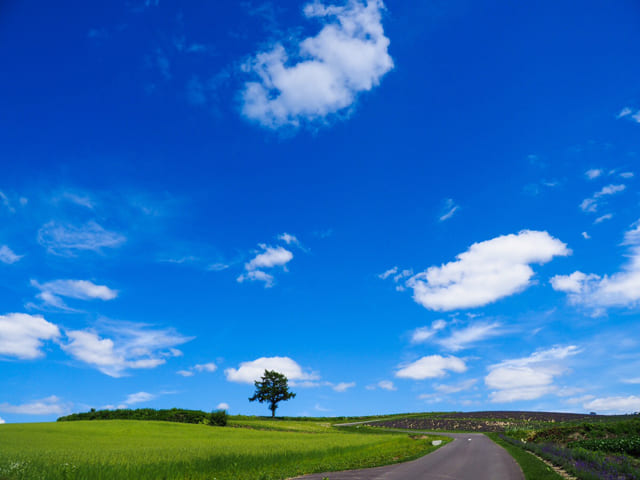
Furano is a place that has so much to offer from beautiful scenery to local gourmet food.
There are activities to be enjoyed in every season for all occasions.
Understanding the history of Furano will allow you to appreciate your time spent here.
We hope you will make a visit and leave with a memory of a lifetime!
For Hokkaido activity experiences visit Basho Trip

